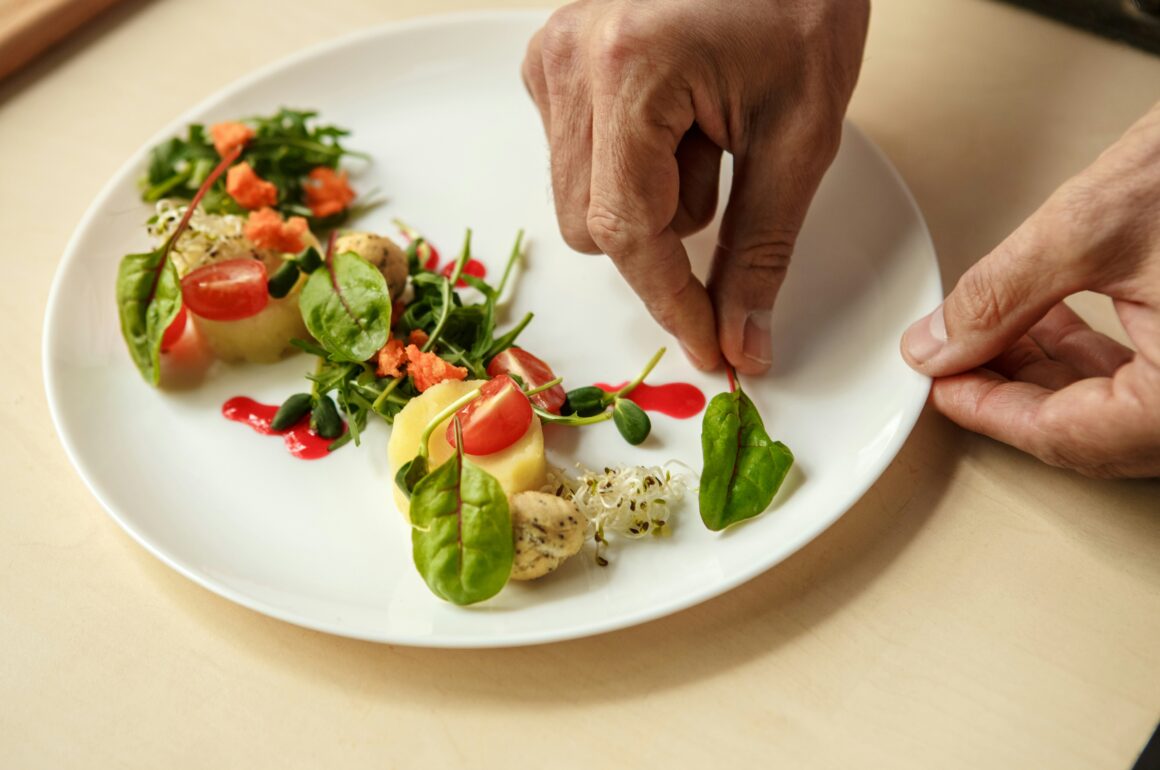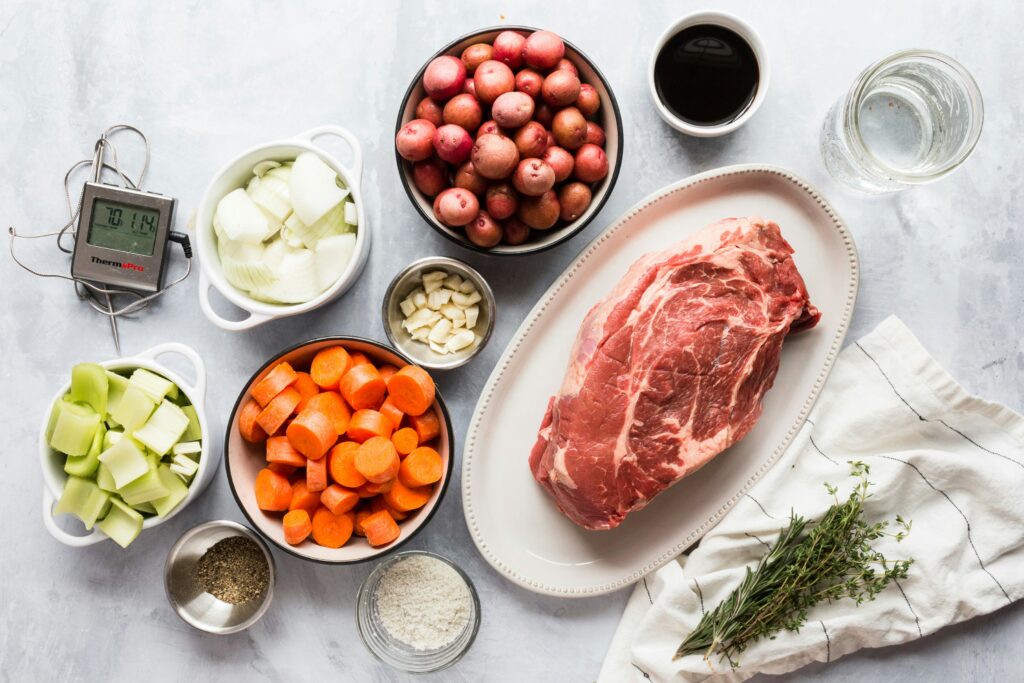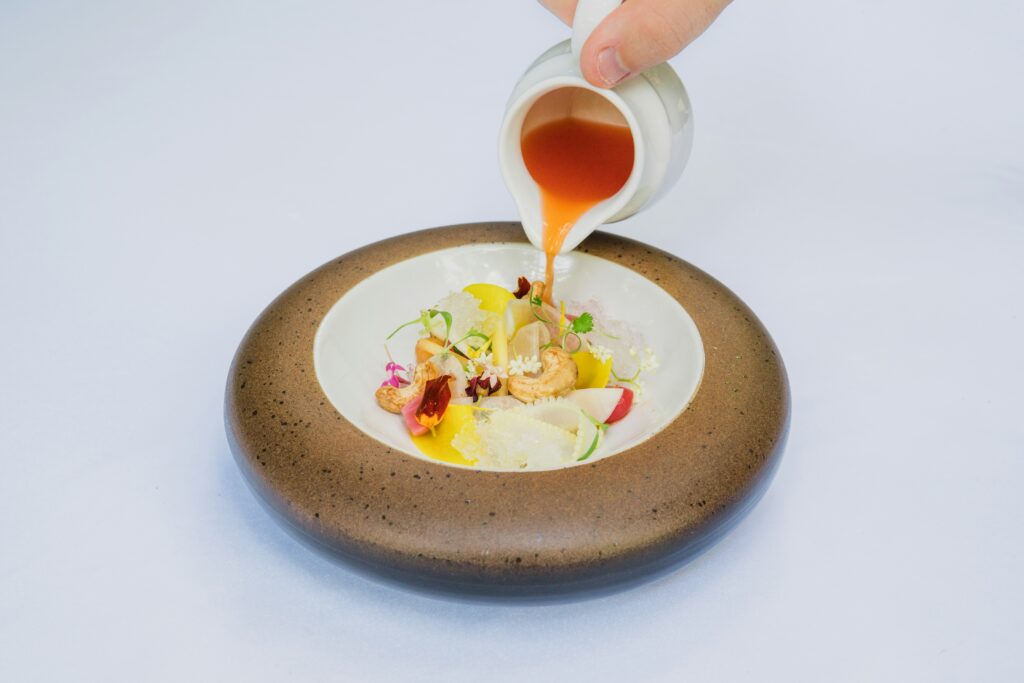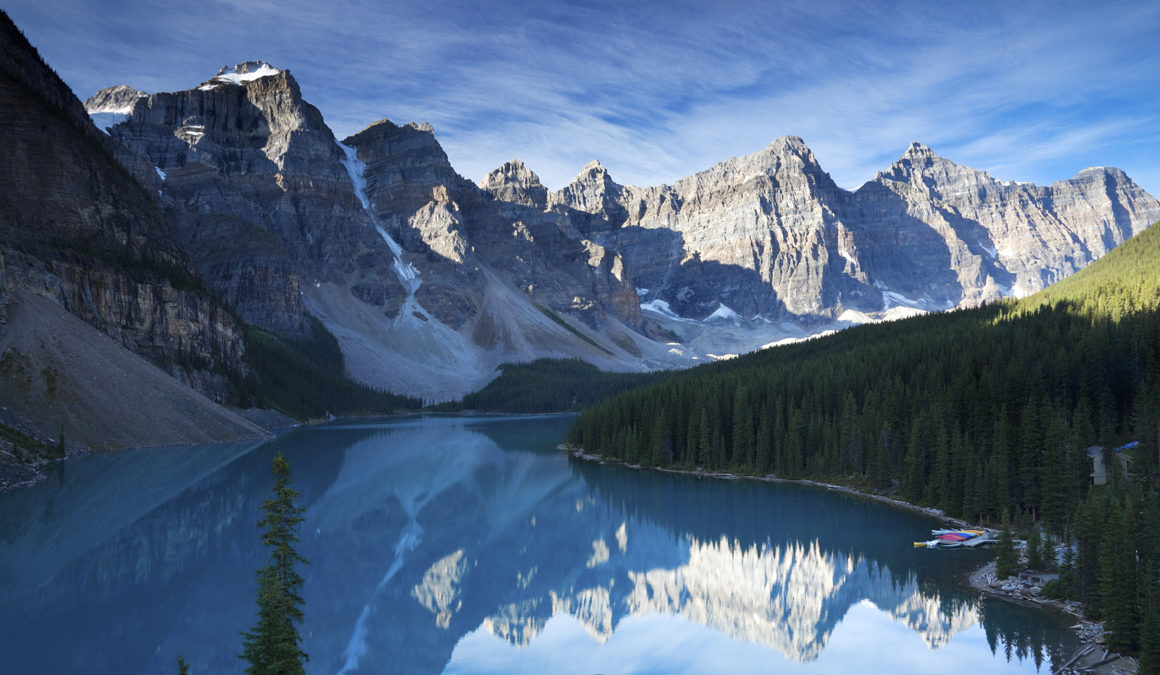The Michelin Guide began its glittering life in 1889 as a little red book created by a pair of brothers in France to help motorists plan their trips (thereby boosting car and tyre sales, which was their priority). Over time, the brothers saw their book had legs, and duly assembled a team of anonymous restaurant inspectors; they started handing out stars and – eventually – commanded the attention of the world.
The guide set about awarding one star (high quality cooking, worth a stop), two stars (excellent cooking, worth a stop) or three stars (exceptional cuisine, worth a special journey) and has been doing so for almost 100 years. The Michelin Guide now rates over 40,000 establishments in 25 territories, across three continents.

When was the Michelin Green Star launched?
In 2020, Michelin introduced the Michelin Green Star, which is more like a five leaf clover in appearance. This was a direct response to the myriad creative ways inspectors could see that restaurants were striving to find more sustainable dining. All of the most inspiring restaurants were working differently, but all were committed to making gastronomy better for the world.
So, what is a Michelin Green Star? It is an annual award highlighting restaurants with exemplary sustainable practices. Each Green Star restaurant has its own way of working – it might be that they’re particularly committed to locally-sourced ingredients and seasonal produce, working with growers, farmers and fishermen, or that they use regenerative methods such as no-dig vegetable gardens. But, generally speaking, they “hold themselves accountable for both their ethical and environmental standards” and work with producers and suppliers to avoid waste and reduce or remove plastic from the supply chain.
What’s the difference between a Michelin Star and a Michelin Green Star?
A Michelin Star recognises exceptional dining experiences. A Michelin Green Star highlights a restaurant’s commitment to sustainable practices.
Bookmark for later: How Do Restaurants Get Awarded a Michelin Star?
Who is eligible for a Michelin Green Star?
Any restaurant in the Michelin Guide is eligible – it may be granted the green star alone, or alongside one, two or three Michelin stars.
Michelin Inspectors consider factors like: “the provenance of the ingredients, the use of seasonal produce, the restaurant’s environmental footprint, food waste systems, general waste disposal and recycling and the communication between the team and the guests about the restaurant’s sustainable approach”.
How many restaurants have been awarded a Michelin Green Star?
Currently, there are 291 Michelin Green Star restaurants across the world.
Which country has the most Michelin Green Star restaurants?
France is currently the leader, with 100 green stars. There are 58 in Italy, 57 in Spain, 36 in Great Britain and Ireland, 35 in the USA and 32 in Japan.
You may also like to read: What To Wear To A Michelin Star Restaurant
Five iconic Green Star restaurants for your little black book:
Fotografiska, Stockholm, Sweden
In 2021, Forografiskas conscious kitchen was awarded a Green Star by the Michelin Guide and it has been named Sweden’s best and most sustainable restaurant by 360° Eat Guide. The highly creative menu strives to explore the full potential of raw ingredients, with waste management and many other sustainable practices at the forefront of the dining experience. Dine here on our Timeless Scandinavia journey.
You may also enjoy reading: Alternative Dining and CO2 Absorbing Aprons: Welcome to Fotografiska
Piazza Duomo, Alba, Italy
Chef Enrico Crippa has been finessing his garden and greenhouses at Piazza Duomo for almost 20 years; he and the garden remain an inspiration to chefs everywhere. The signature salad, with its 70+ leaves, must be experienced to be believed.
Silo, London, UK
Silo is a pioneer in the sustainable restaurant field. At the world’s first Zero Waste restaurant, founder and head chef Douglas McMaster has been famously cooking and working “without a bin” for 10 years. The kitchen is a place of incredible precision, as every gram of each ingredient must be used. Visit London on our Castles & Kingdoms journey.
White Lily Diner, Toronto, Canada
An American diner that smokes its own bacon, ferments its own hot sauce and grows its own vegetables, White Lily is the future piled inside a (homemade) buttermilk biscuit. Our Indulgence in Eastern Canada journey is eight days of Ontarian and Quebecois wonders.
L’Arpège, Paris, France
Michelin says radical chef Alain Passard “called it before anyone else with his 100% vegetable-based menu”. Now, there are vegetable-based dining experiences everywhere, but L’Arpège’s focus on ingredients’ passport and provenance will always have been first on the scene. Stay in Paris on our Ultimate France journey.
To enjoy exceptional dining and the finest end-to-end travel experience, take a look at our collection of small group luxury journeys.










